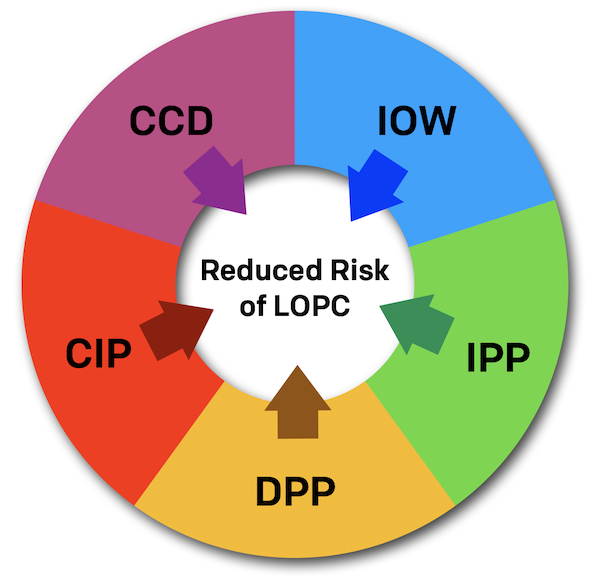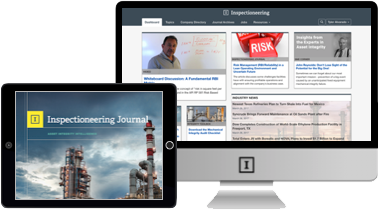Introduction
If I suddenly accepted the position of site manager at your operating site, one of the first things I would do is trot on down to the fixed equipment mechanical integrity (FEMI) group and have a discussion with them. My primary purpose for this discussion would be to find out how confident I should be at the outset of my new position that this site will not likely be the next one to make national and local news headlines due to an avoidable large FEMI incident. So, this article is primarily about the questions I would ask to help me determine my comfort level and to assess what else we need to be doing to avoid the potential for the biggest FEMI events (Tier 1+ in API RP 754 terms).
Why would avoiding a big event be my primary focus during the first few days on the job at my new site? I presume that’s fairly obvious to all readers; clearly just a few of the reasons include the potential for:
- Fatalities/injuries,
- major business interruption costs,
- business distraction/costs of having to rebuild/replace all the damaged equipment,
- company reputation damage,
- jurisdictional fines/citations,
- litigation costs of lawsuits, and
- the threat that the site might be permanently shut down because of the major loss.
Sometimes, the issue of avoiding a big event falls into the category of something that is assumed by the incoming site manager (i.e., he/she assumes that the site already has a major focus on avoiding the big event and that all necessary safeguards are as good as they can be). But having conducted over 100 FEMI assessments at various operating sites around the world, though mostly in North America, I can tell you that’s simply not the case. Don’t get me wrong, enormous progress has been made in setting up and strengthening FEMI programs at the vast majority of operating sites over the last few decades; however, some sites still have a long way to go in terms of the overall quality of the BIG FIVE risk assessment programs.
Though this article is about the BIG FIVE FEMI risk management programs, it does not explicitly cover the potential for a significant incident due to every one of the 101 Essential Elements of FEMI, which if not adequately implemented and managed can result in leaks, failures, fires, and explosions.[1] Hence this article is not all-inclusive of all FEMI risks. The purpose of this article is to focus our attention on the higher level BIG FIVE risk management programs for FEMI. A clear focus on the BIG FIVE can go a long way toward effectively managing FEMI risks after all the basic, fundamental FEMI programs are in place and functioning well. Clearly, in today’s operating environment with attendant media coverage, we need to do everything reasonable to stop all leaks and cure all nuisance bad actors. But in doing so, we must not lose sight of preventing the big incidents which should always be our top priority. That’s what the BIG FIVE risk management programs are all about.
So, what are the BIG FIVE FEMI risk management programs? In my opinion, they are:
- Corrosion Control Documents (CCDs)
- Integrity Operating Windows (IOWs)
- Inspection Planning Process (IPP)
- Documented Procedures and Practices (DPP)
- Competency Improvement Program (CIP)


















Comments and Discussion
Add a Comment
Please log in or register to participate in comments and discussions.